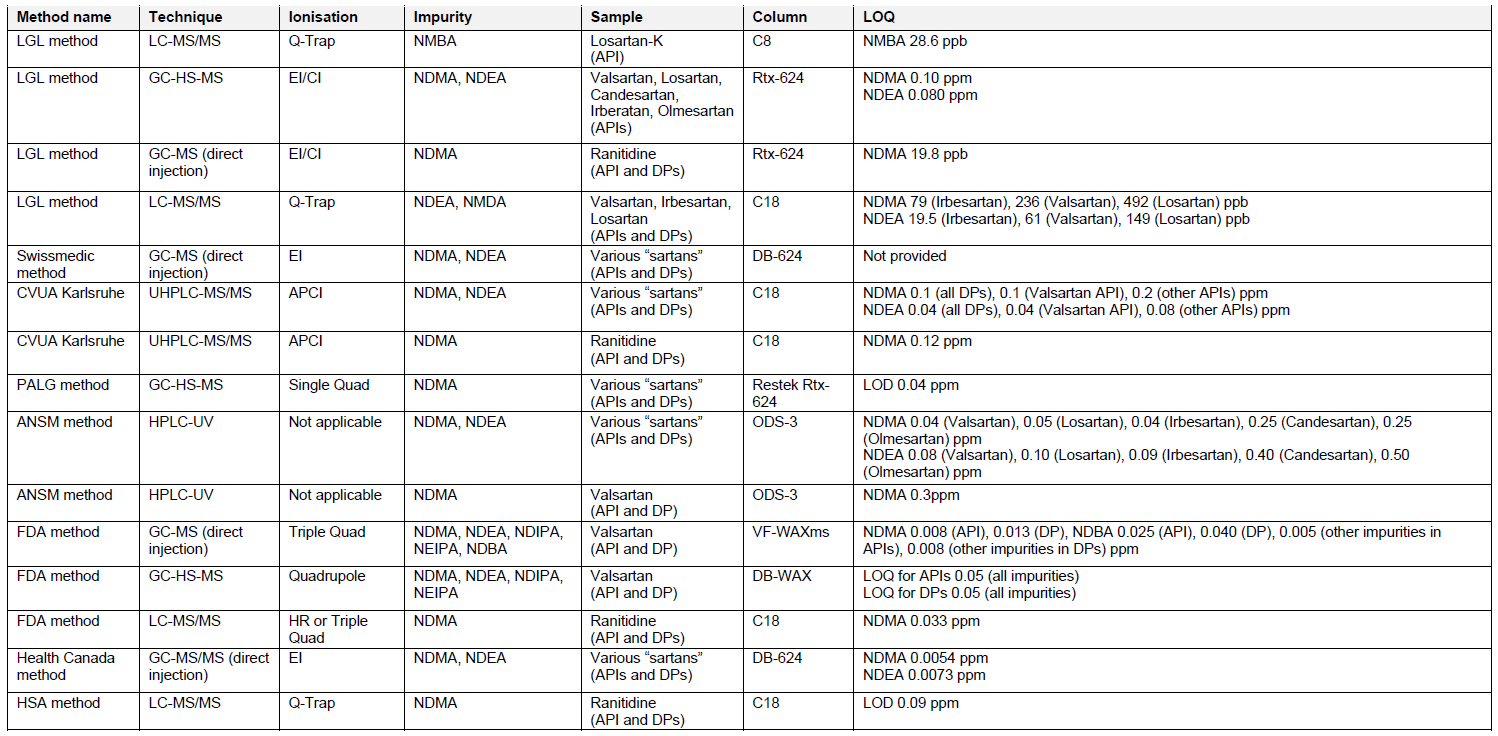May 4, 2020
May 4, 2020
EMA has extended the deadline to assess the risk of nitrosamine impurities to 31 March 2021. This decision was made based on the reports of the challenges encountered in meeting the original deadline of 26 March 2020, because of the impact for MAH’s of the severe restrictions in place to combat the COVID-19 pandemic. EMA also extended the scope of the assessment to biological medicines and set a separate deadline of 1 July 2021.
COVID-19 is the biggest concern which the world is facing today. It affects every aspect of our daily lives and business, which is especially intense for the pharmaceutical sector. The switch to remote working, limited access to source documentation or data, and communication challenges heavily impact all ongoing activities of companies, not excluding regulatory agencies. The European Medicines Agency (EMA) ensures that the assessments and monitoring of medicines are not disrupted during these turbulent times and that patients in Europe continue to have access to high quality, safe and effective treatments during and after the COVID-19 outbreak. If you need extra support to tackle new challenges from COVID-19, we are working with clients around the world right now.
The recent detection of nitrosamines in the “sartans” with a tetrazole ring (e.g. valsartan, candesartan, irbesartan, losartan, olmesartan), ranitidine and pioglitazone hydrochloride Active Pharmaceutical Ingredients (APIs) motivated EMA to issue an advice on nitrosamines control in active ingredients and drug products for human use. EMA requires marketing authorization holders (MAHs) to:
All steps need to follow the principles of the ICH (International Council for Harmonization of Technical Requirements for Pharmaceuticals for Human Use) Q9 guideline. EMA acknowledged the challenges encountered by MAHs in meeting the original deadline for step 1 (risk assessment) of March 26, 2020 and extended it to March 31st, 2021. EMA also recognized drug substances of the biological origin to be one of the potential root causes of nitrosamine impurities by extending the original scope of the risk assessment and setting a separate deadline of July 1, 2021.
In case of the identification of the risk of nitrosamine formation MAHs should test drug products and APIs remaining under their responsibility for the presence of nitrosamines using sensitive and validated analytical methods and inform the national competent authorities immediately about the results. MAHs should plan the confirmatory testing in a timely manner, considering potential challenges at contract laboratories caused by COVID-19. Priority of the testing should be based on the outcome of the above-mentioned risk assessment. Other mitigation actions, including changes to the manufacturing processes or suppliers and filing of respective regulatory variations should follow accordingly.
The outcome of the analysis of multiple products from different MAHs will be evaluated by Competent Authorities and used for investigating the root cause of nitrosamine formation, considering wide range of the manufacturing pathways and conditions, used raw and starting materials, solvents, catalysts and reagents originating from multiple sources. The ultimate goal of this investigation is the elimination of nitrosamine impurities from pharmaceutical products. EMA plans to complete this exercise by September 26th, 2022 for chemical products and by July 1st, 2023 for biological products.
For more updated information and for assistance with next steps, please visit our page on the EMA and FDA Requirements for Control of Nitrosamine Impurities.
TAGS: Life Science Consulting
November 25, 2020
On September 26, 2019, the European Medicines Agency (EMA) released an advice to Marketing Authorization Holders (MAH) of human medicines to review their drug products on possible presence of...
March 15, 2019
The currently scheduled transition date in the Brexit process, 30 March 2019, is coming very close. In light of this, the European Commission (EC) published on 25 February 2019 a notice on the...

March 22, 2021
Since September 26, 2019, all EU Marketing Authorization Holders (MAHs) of medicines for human use are facing what might be regarded as a new requirement: review their drug products on the possible...